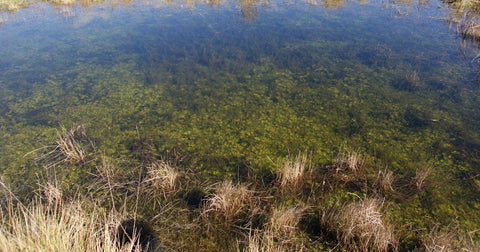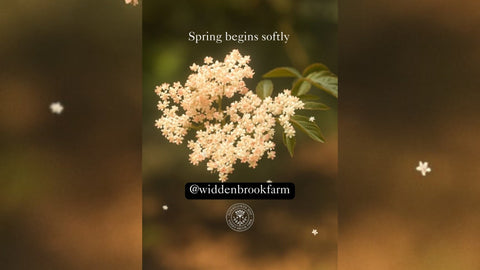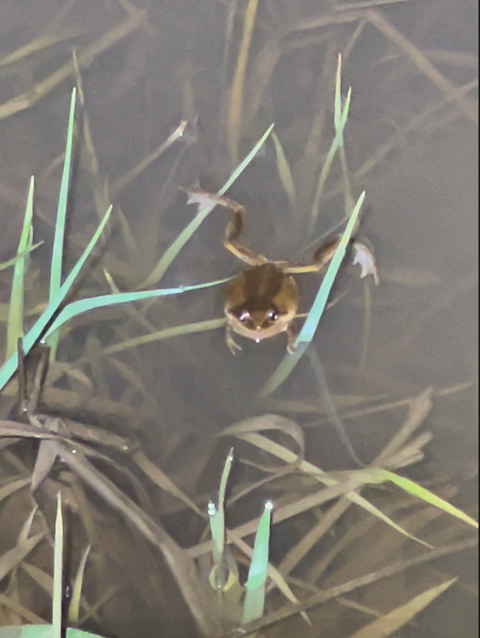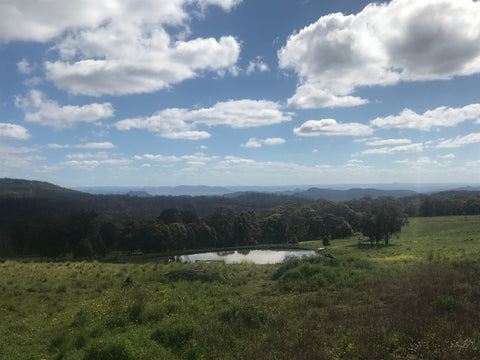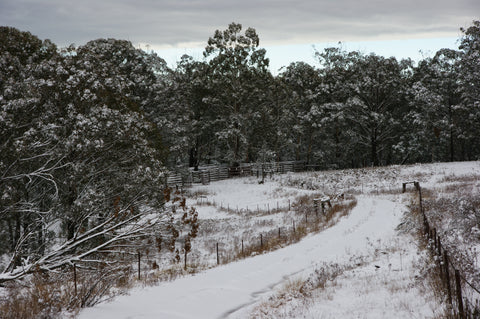Our Story

Widden Brook Farm is a small farm tucked into the western flank of the Greater Blue Mountains Heritage area on the New South Wales Central Tablelands. It's our home and where we make our Elderflower Mist Sparkling alongside our hazelnut orchard and small-scale beef cattle property.
Shireen and Darren are the team behind Widden Brook Farm. Our Elderflower Mist venture started in 2017, a few years after we moved onto the property fulltime. We had planted a pair of elder trees as part of our permaculture-inspired food forest and it started growing incredibly vigorously.
Shireen loves to find new ways to use our farm grown seasonal produce. After kicking around a few ideas about what to make with the berries – wine, jelly, jam, syrup – we remembered seeing a River Cottage episode where they made elderflower ‘champagne’. Darren tracked down the equipment needed to get started, Shireen made a batch and we both loved the result.
Over time we made more each year and started sharing it with friends, family and business associates. Before long, people were wanting to buy by the case and that got us thinking about going into commercial production. In the spring of 2021, despite not really having recovered from the Black Summer bushfires, we took the plunge.
We manage our farm and livestock by following the principles of Holistic Management; a form of regenerative agriculture. It's a framework that enables us to make socially, financially and environmentally sound decisions for the long and short-term.
We see living organisms of all sorts: microbes in the soil, dung beetles and other insects, earth worms, domestic and wild grazing animals as partners who help regenerate and enhance this place we call home.
With this philosophy in mind, we aim to tread as lightly as we can in all we do on our farm. We don't use any chemicals in our food production areas, we're focused on improving soil health, run the property on renewable energy, provide environmental services through rehabilitation and protection of our forests and waterways while minimising waste through beneficial reuse and recycling.
